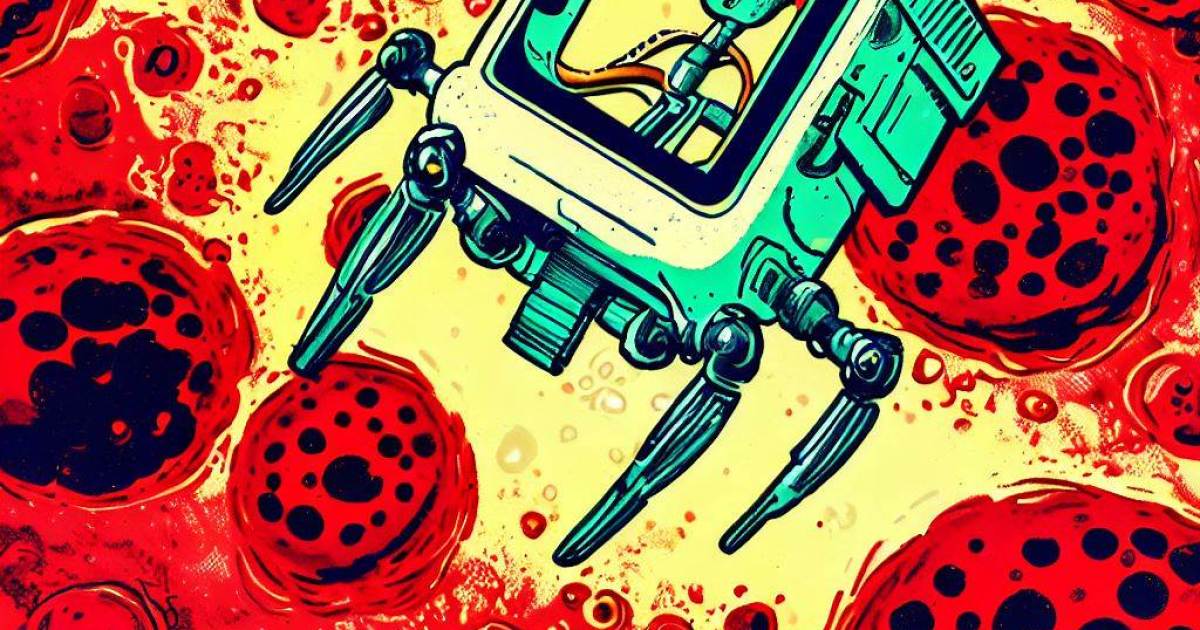Important progress has been made by researchers at Tel Aviv University who have developed a hybrid microrobot the size of a single biological cell (approximately 10 microns in diameter) that can be controlled and moved by two different mechanisms: electric and magnetic. The microrobot is able to move between different cells in a biological sample, distinguish between different types of cells, determine if they are healthy or dying, and then transport the right cells for further study, such as genetic analysis.
The microrobot can also transfect the drug and/or the gene into the captured individual target cell. According to the researchers, the development could help further research in the important area of ”single cell analysis” as well as applications in medical diagnostics, drug transportation and discovery, surgery and environmental protection.
Similar videos
The work was carried out by postdoctoral fellow Dr. Yue Wu and student Sivan Yakov in collaboration with postdoctoral fellow Dr. Afu Fu from the Technion of the Israel Institute of Technology. Research published in the journal advanced science.
“The development of the ability of microrobots to move autonomously was inspired by biological micro-floats such as bacteria and spermatozoa. It is an innovative field of research that is rapidly developing, with a wide range of applications in fields such as medicine and the environment, and as a research tool,” he commented. Gilad Yosiphon.
Demonstrating the capabilities of the microrobot, the researchers used it to capture individual blood cells and cancer cells, as well as a single bacterium, demonstrating that it is able to distinguish between cells with different levels of viability, such as a healthy cell, a cell damaged by a drug. or a cell that dies or dies in the natural process of “suicide” (such a distinction can be significant, for example, in the development of cancer drugs).
Having identified the desired cell, the microrobot grabbed it and moved it to where it could be analyzed. Another important innovation is the ability of the microrobot to identify target cells that are not labeled: the microrobot determines the type of cell and its state (eg health) using a built-in detection mechanism based on the unique electrical properties of the cells. cell.
“Our new development significantly advances the technology in two main aspects: hybrid propulsion and navigation using two different mechanisms: electric and magnetic,” explains Professor Yossifon. In addition, the microrobot has advanced single cell identification and capture capabilities without the need for labeling for local testing or recovery and transport to an external instrument. This research was done on biological samples in an in vitro testing lab, but the intention is to develop microrobots in the future that also work inside the body, for example as efficient drug carriers that can be precisely targeted. target”.
Source: Digital Trends
I am Garth Carter and I work at Gadget Onus. I have specialized in writing for the Hot News section, focusing on topics that are trending and highly relevant to readers. My passion is to present news stories accurately, in an engaging manner that captures the attention of my audience.









